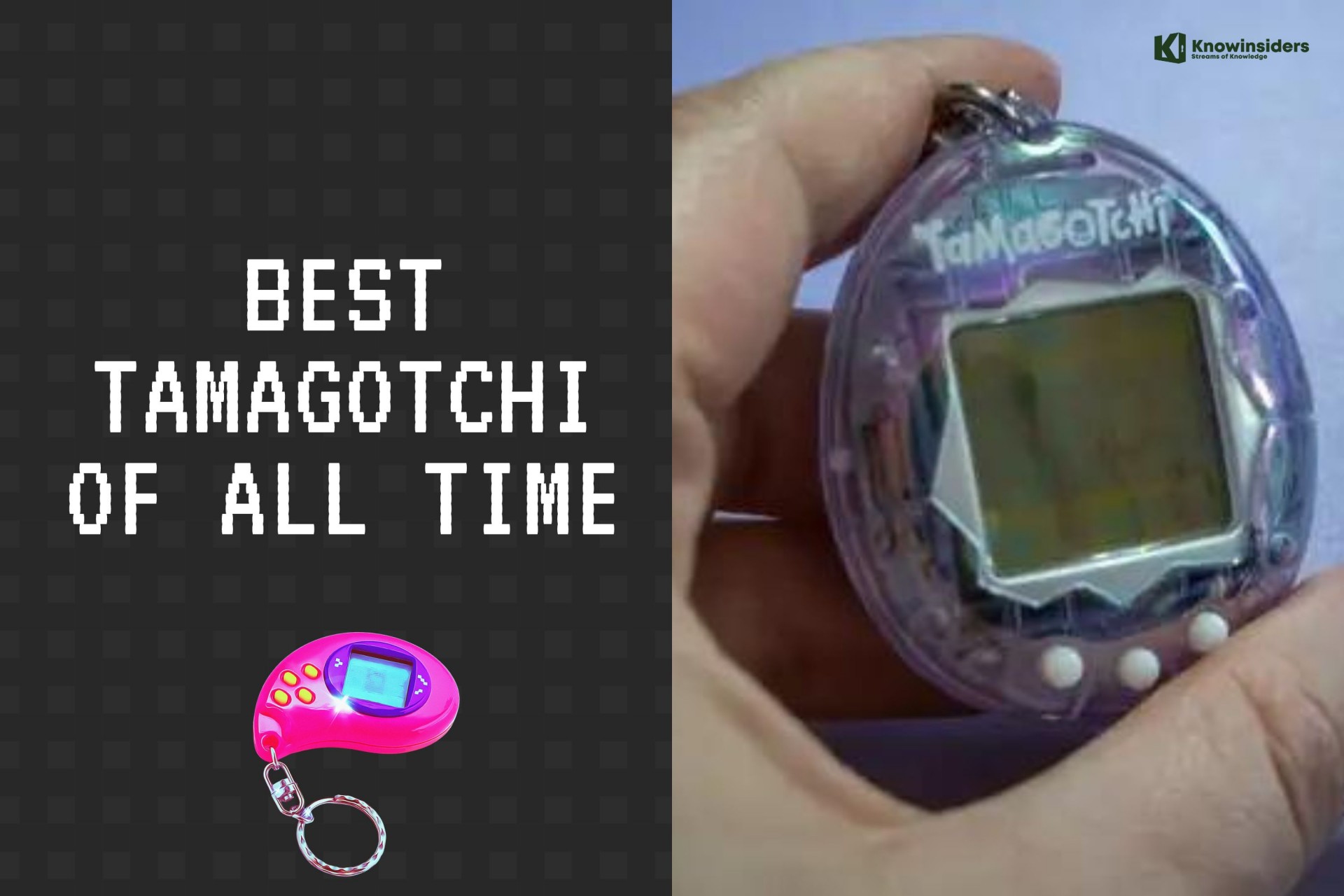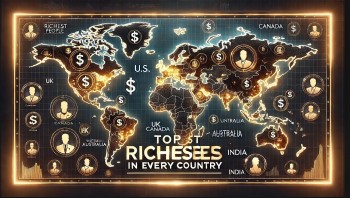Interesting Facts About Tamagotchi - Japanese Handheld Game
| Table of Contents |
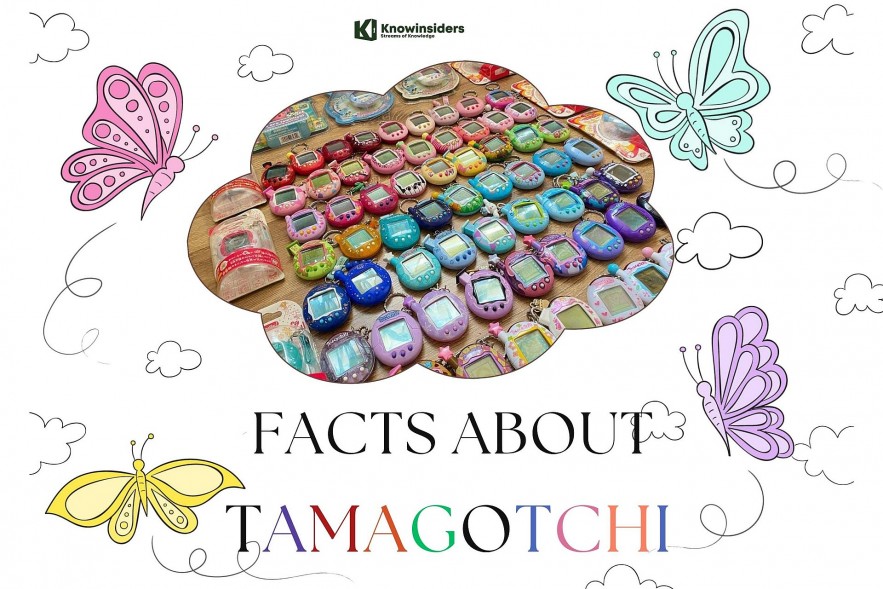 |
| Interesting Facts About Tamagotchi |
What is Tamagotchi?
It is a handheld video game. It was released in 1996. Aki Maita designed it in 1996, and Bandai sells them. It's a strategic game. The primary characters are also known as Tamagotchi. Tamagotchis are electronic pets that the player takes care of as part of the game. Tamagotchi's next version was released in 2020.
The Tamagotchi has remained popular in Japan, but its popularity varies in the West. Bandai America distributes Tamagotchi in a larger package in the United States because they want the buyer to believe it is worth the $59.99 price tag.
How to Play Tamagitchi
It includes three buttons (A, B, and C) that allow the user to pick and execute an activity, including:
Feed the Tamagotchi with a meal or a snack.
Playing with the Tamagotchi.
Cleaning up the Tamagotchi's poop.
Assessing its age, discipline, hunger, and happiness levels.
How many Tamagotchi were Sold in the World?
When Tamagotchi initially gained popularity in 1996, Bandai sold more than 40 million devices worldwide, including 12 million in the United States and Canada.
During its peak, 15 Tamagotchis were sold per minute in the United States and Canada.
How was Tamagotchi Created?
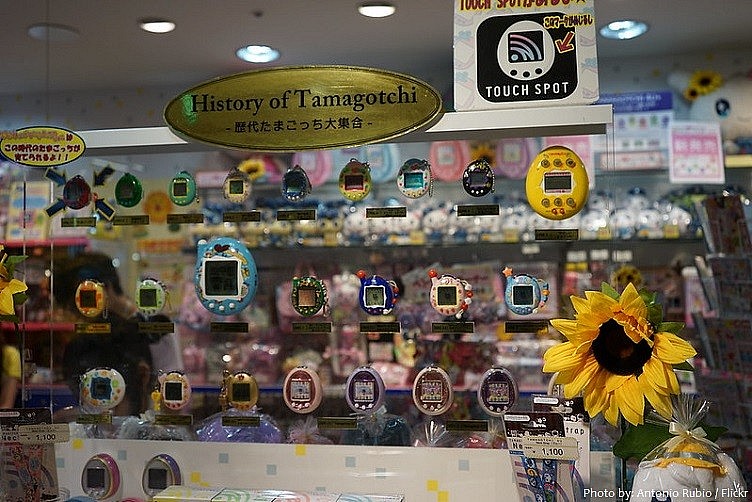 |
Tamagotchi's tale began in the Toshima City area of northwest Tokyo, where toy executive Akihiro Yokoi was struck with inspiration. According to Yokoi, the jolt originated from an advertisement in which a youngster was denied permission to bring his pet turtle on vacation. Yokoi, the owner of "a dog, three cats, two parrots, and several beetles and other insects," understood the boy's need. If it wasn't always possible to bring a live pet, he figured why not bring a virtual one?
The origin narrative has an apocryphal feel. Was the advertising selling turtles? Vacations? Did it exist at all? "No matter where I look, I cannot find what the TV commercial was about, or even if there was such [a] commercial in the first place," one Redditor said a year ago.
Regardless, Yokoi was the president of Wiz Co., Ltd., a creative agency with 42 employees, the most of whom were in their early twenties, who designed and pitched toy products to larger companies. Handheld games have been there since Mattel introduced single-game consoles in 1977, but early portable consoles were prohibitively pricey for most gamers, according to cultural historian Carly Kocurek of the Illinois Institute of Technology, who specializes in new media technologies and video gaming. "It had gotten a lot more affordable to make inexpensive, small electronics," Kocurek says.
Tamagotchi Releases
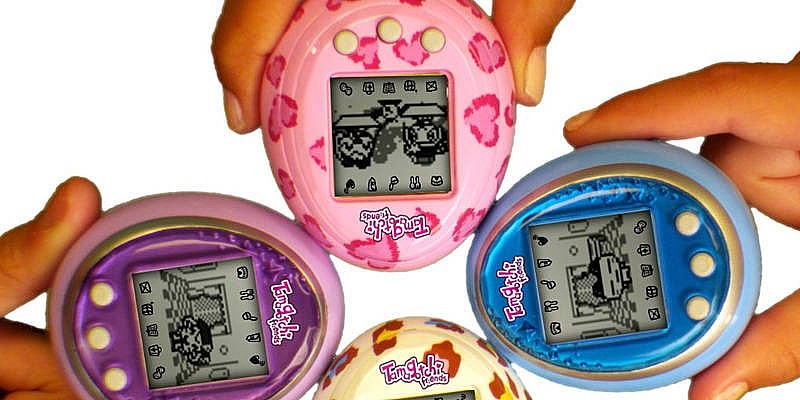 |
Vintage Era (1996-1998):
1996: Tamagotchi P1 & P2
1997: Tamagotchi Angel
1997: Tamagotchi Osutchi & Mesutchi
1998: Mori de Hakken! Tamagotchi
1998: Tamagotchi Ocean
1998: Debirutchi no Tamagotchi
1998: Santaclautchi no Tamagotchi
Connection Era (2004-2015):
2004: Tamagotchi Connection V1
2005: Tamagotchi Connection V2
2006: Tamagotchi Connection V3
2007: Tamagotchi Connection V4
2007: Tamagotchi Connection V5
2008: Tamagotchi Music Star
2010: TamaTown Tama-Go
2013: Tamagotchi Friends
Color Era (2008-present):
2008: Tamagotchi Plus Color
2009: Tamagotchi iD
2011: Tamagotchi iD L
2012: Tamagotchi P's
2014: Tamagotchi 4U
2016: Tamagotchi M!X
2018: Tamagotchi Meets/On/Some
2021: Tamagotchi Pix
2021: Tamagotchi Smart
2023: Tamagotchi Uni
Mini Releases:
2005/2017: Tamagotchi Mini
2007: TamagoChu
2010: Tamagotchi Nano
Crossover Releases:
1997: Mothra Tamagotchi (Themed after Mothra, a character from Toho's Godzilla franchise.)
1998: Doraemontchi (Themed after Fujiko Fujio's iconic manga series Doraemon.)
2005/2006: Hanerutchi 1 & 2 (Themed after Haneru no Tobira, a comedy-variety show from Fuji TV.)
2007: Oden-Kun Tamagotchi (Themed after Oden-Kun, an anime from TV Asahi.)
2017: Pocket Usatama (Tamagotchi Nano variant themed after Usatama, one of Tokyo Disneyland's easter mascots.)
2018: Gudetama Tamagotchi (Tamagotchi Nano variant themed after Sanrio's Gudetama.)
2019: Eevee x Tamagotchi (Tamagotchi Nano variant themed after Eevee, a creature from Nintendo's Pokemon franchise.)
2019: Pocket Usapiyo (Tamagotchi Nano variant themed after Usapiyo, another Tokyo Disneyland easter mascot.)
2020: Pac-Man Tamagotchi (Tamagotchi Nano variant themed after Pac-Man, a fellow Bandai Namco property.)
2020: Evatchi (Tamagotchi Nano variant themed after Neon Genesis Evangelion, an anime from Gainax and Tatsunoko Production.)
Quick Facts• Tamagotchi are aliens from the planet Tamagotchi. They crashed on Earth and were placed in protective egg-shaped cases by The Professor and his helper Mikachu. • The early Tamagotchi pets lacked a pause button and could starve in less than 30 minutes, therefore they were banned in schools owing to panicked pet owners attempting to feed their pets in the middle of arithmetic class! • Want a Tamagotchi? There are 37 distinct options to pick from, not including the impending Tamagotchi V4.5! • In 1998, Japan released a Christmas Tamagotchi featuring Santaclautchi. You were responsible for assisting him with the delivery of gifts. • The Chibi Tamagotchi is the world's tiniest Tamagotchi, measuring two-thirds the size of a conventional Tamagotchi and coming on a keychain. |
Interesting Facts About Tamagotchi
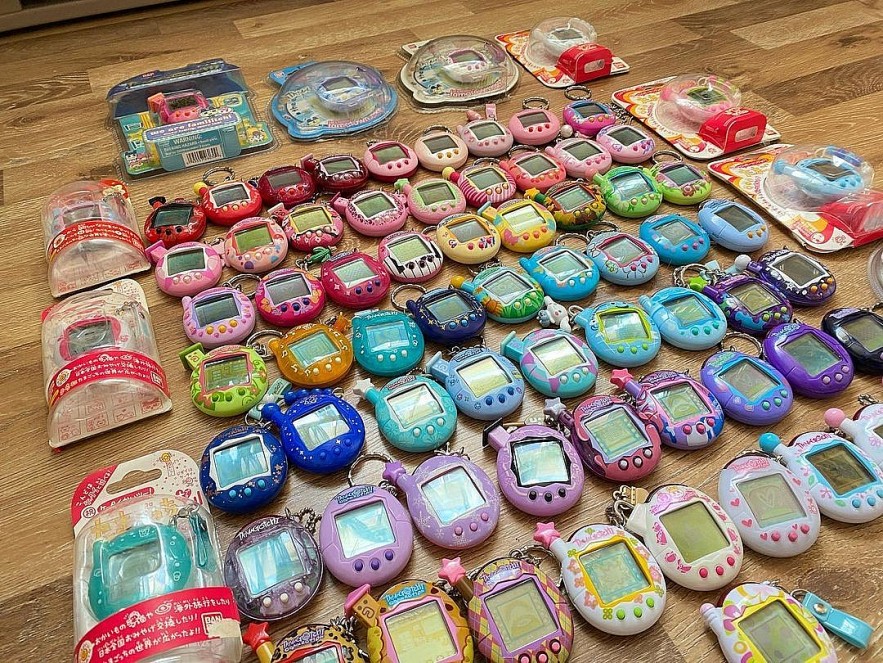 |
1. A female office worker at Bandai came up with the idea for the Tamagotchi
Aki Maita was a 30-year-old "office lady" at Bandai, a Japanese toy maker, when inspiration struck. According to Culture Trip, she intended to produce a pet for children that wouldn't bark or meow, cause a mess in the house, or result in high vet bills. Maita pitched her idea to Akihiro Yokoi, a toy designer at another business, and the two came up with a name and background for their product: Tamagotchis were aliens whose eggs acted as protection from the Earth's environment. They distributed prototype Tamagotchis to high school girls in Shibuya and refined the toy's design based on their responses.
READ MORE: Top Best Learning Games for 10-Years-Old Kids
2. The name Tamagotchi combines two Japanese terms
Bandai describes the name as a mashup of the Japanese words tamago (たまご) meaning "egg" and uotchi (ウオッチ) meaning "watch". In Japan, after the original English spelling of watch, the word is occasionally romanized as Tamagotch without the "i". The majority of Tamagotchi characters' names finish in chi (ち) in Japanese, with rare exceptions. (Not to be confused with tomodachi, meaning "friend").
In 1997, the team received an Ig Nobel Prize in economics, a satirical award given by Nobel laureates at Harvard, for "diverting millions of person-hours of work into the husbandry of virtual pets" by inventing the Tamagotchi.
3. Tamagotchis were not popular among teachers
Some Tamagotchi fans recall smuggling the toys into school in their book bags as children. The toys were finally banned from certain schools because they were too distracting and, in some cases, hurtful to pupils. In a 1997 Baltimore Sun article titled "The Tamagotchi Generation," Andrew Ratner wrote that the principal at his son's elementary school sent out a memo forbidding the toys "because some pupils got so despondent after their Tamagotchis died that they needed consoling, even care from the school nurse."
4. There were numerous imitation Tamagotchis
The Tamagotchi's success spawned spin-offs and copycat toys, prompting PC Mag to call the late 1990s "The Golden Age of Virtual Pets." Bandai released the Digimon, a Tamagotchi spin-off featuring monsters and geared to boys. There were also Tamagotchi video games. Tiger Electronics also launched Giga Pets in 1997, which featured real animals (and, later, dinosaurs and fictional TV pets). According to PC Mag, Giga Pets were extremely popular in the United States, but "never held the same mystique as the original Tamagotchi units." Toymaker Playmates' Nano Pets were also a big hit, however PC Mag found them "some of the least satisfying to take care of."
5. Rare Tamagotchis can be quite expensive
According to Business Insider, most antique Tamagotchis would not command a high price on the secondary market. (On eBay, the majority are priced at $50.) The exceptions are uncommon editions like "Yasashii Blue" and "Tamagotchi Ocean," which sell for $300 to $450 on eBay. According to Complex, "There were over 40 versions (lines) of Tamagotchi released, and each line featured a variety of colors and variations ... yours would have to be one of the rarest models to be worth the effort of resale."
6. Poor care can lead to a pet's death, but so can old age
If an elderly pet dies without producing offspring, the family line has ended. The Japanese Tamagotchi toys often portray a ghost and a headstone when the pet dies, however English language versions have been updated to show an angel after death, or with proper care or a high Training bar, a floating UFO, with the pet laying an egg to symbolize its return to its home planet. Pressing the C button displays the age at which the pet died. After the pet dies, the player can continue the game by pressing the A and C buttons simultaneously.
7. Peaked in popularity then disappeared
Tamagotchi, like most toy fads, peaked in popularity before being surpassed by the next big thing. In this case, it was Furby, a talking animatronic creature that could "learn" English and communicate in Furbish with other Furbys. Most importantly, parents did not have to worry about their Furbys dying during normal play.
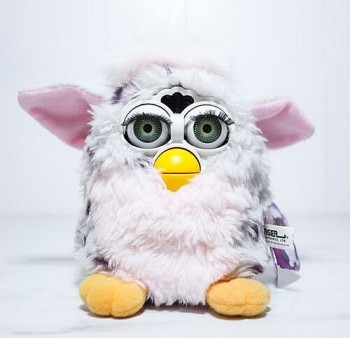 Interesting Facts About Furby, How Many Generations of Furbys Are There? Interesting Facts About Furby, How Many Generations of Furbys Are There? Do you know who Furby is? Check out Interesting Facts About Furby-One of The Most Favorite Toys In The World. |
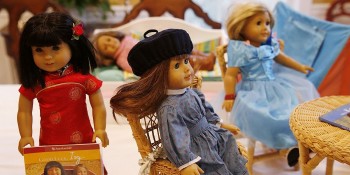 10 Interesting Facts About American Girl Dolls 10 Interesting Facts About American Girl Dolls Some of those facts about American Girl Dolls might not be widely known by many peopl. Check out full details right below! |
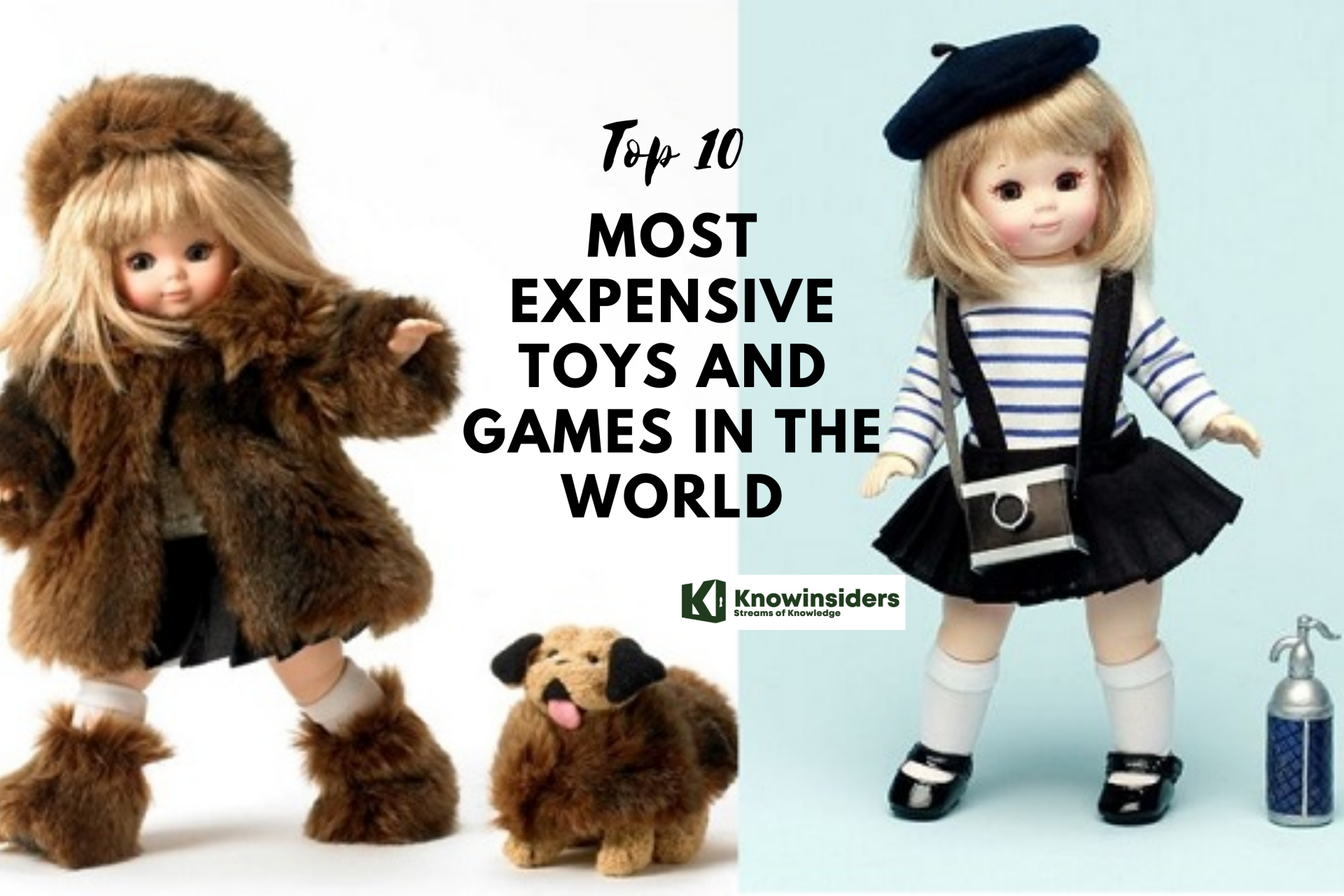 Top 10 Most Expensive Toys and Games in the World Top 10 Most Expensive Toys and Games in the World Every child loves playing and many parents are ready to pay a good amount for the games and toys they love, yet some are not ... |


